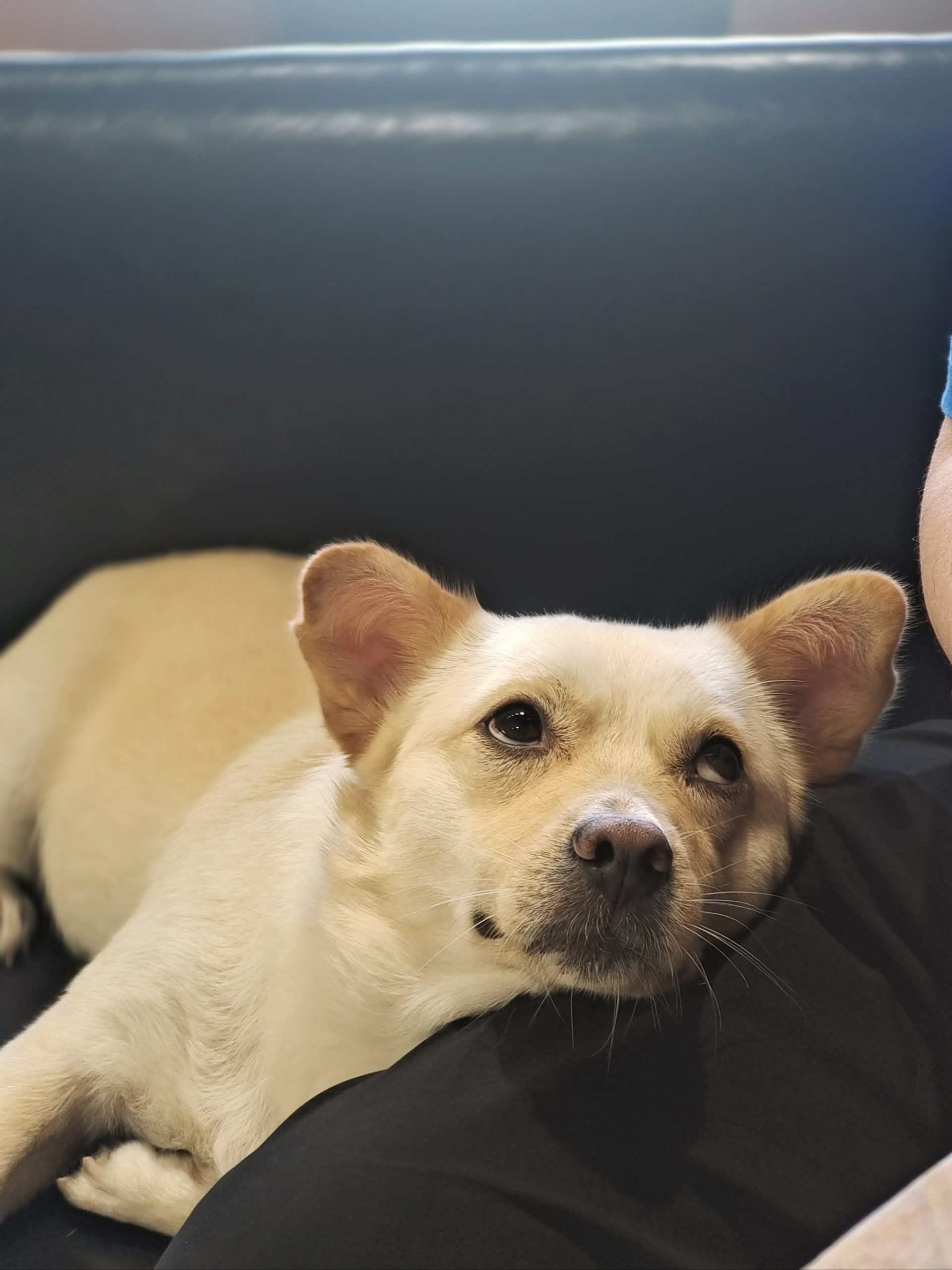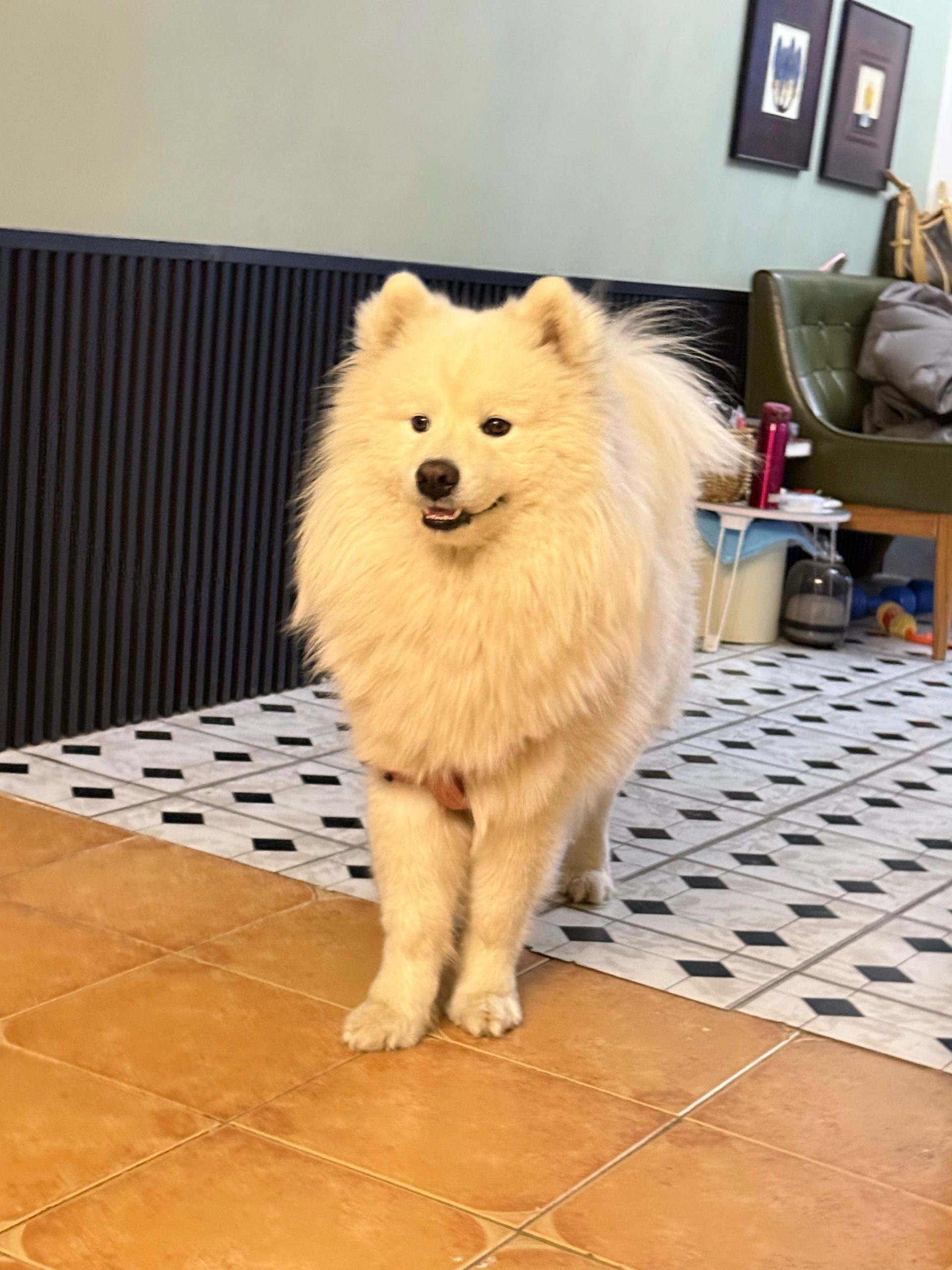A Guide to Foods and Substances That Are Harmful to Dogs
Dogs are more than just pets—they’re beloved members of our families. As responsible pet owners, it’s essential to ensure that our dogs are not only well-fed but also safe from harmful foods and substances. While dogs may be tempted to share our snacks or explore curious smells with their mouths, many human foods and household items can be toxic to them. This article explores what dogs should not eat, why these items are dangerous, and how to protect your furry friend from accidental poisoning.

What Things Should Dogs Not Eat?What Things Should Dogs Not Eat?1. Chocolate
Chocolate is one of the most well-known toxic foods for dogs. It contains theobromine and caffeine, both of which are stimulants that dogs metabolize much more slowly than humans.
Dark chocolate and baking chocolate have the highest concentrations and are the most dangerous.
Symptoms of chocolate poisoning include vomiting, diarrhea, increased heart rate, tremors, seizures, and potentially death.
Even small amounts can be harmful, so keep chocolate completely out of reach.
2. Grapes and Raisins
Grapes and raisins are extremely toxic to dogs, though the exact compound that causes the reaction is still unknown.
Ingestion can lead to sudden kidney failure.
Symptoms include vomiting, lethargy, abdominal pain, and loss of appetite.
Even one grape or raisin can be enough to cause problems in some dogs.

3. Onions, Garlic, and Chives
These common kitchen ingredients belong to the allium family and are toxic in all forms—raw, cooked, powdered, or dehydrated.
They damage red blood cells and can cause hemolytic anemia, which reduces the blood’s ability to carry oxygen.
Signs of toxicity include weakness, pale gums, rapid breathing, and lethargy.
Even small amounts consumed over time can accumulate and cause harm.
4. Xylitol (Sugar Substitute)
Xylitol is a sweetener found in sugar-free gum, candy, baked goods, and even some peanut butters.
It causes a rapid insulin release in dogs, leading to hypoglycemia (low blood sugar).
It can also cause liver failure in higher doses.
Symptoms develop rapidly and include vomiting, weakness, loss of coordination, seizures, and collapse.
This is one of the most dangerous substances on this list due to its prevalence and fast-acting nature.
5. Alcohol
Alcohol, even in small doses, is toxic to dogs. It depresses the central nervous system and can cause a range of serious effects.
Symptoms include vomiting, diarrhea, coordination problems, difficulty breathing, and coma.
Alcohol is found in beverages, fermented foods, and even raw bread dough.
Always keep alcoholic drinks and products containing alcohol away from pets.
6. Caffeine
Caffeine is another stimulant that can be harmful to dogs. It’s found in coffee, tea, soda, energy drinks, and even some medications.
Like chocolate, caffeine affects the heart and nervous system.
Signs of caffeine poisoning include restlessness, rapid breathing, heart palpitations, muscle tremors, and seizures.
There is no antidote, so prevention is critical.

7. Cooked Bones
While raw bones can be safe in some controlled scenarios, cooked bones are a significant hazard.
They can splinter easily and cause choking, intestinal blockages, or tears in the digestive tract.
Poultry bones are especially dangerous.
Always consult with your vet before giving any kind of bone to your dog.
8. Fat Trimmings and Greasy Foods
Feeding your dog table scraps like fatty meat trimmings or greasy leftovers can lead to pancreatitis, an inflammation of the pancreas.
Symptoms include vomiting, abdominal pain, lethargy, and loss of appetite.
Long-term consumption can also contribute to obesity and other health issues.
Stick to a diet designed specifically for dogs.
9. Avocados
Avocados contain a compound called persin, which is toxic in large quantities to dogs.
The flesh is generally safe in small amounts, but the pit poses a choking hazard and can cause intestinal blockages.
The skin and leaves contain higher levels of persin and should be avoided.
While not the most toxic item on this list, it’s best to err on the side of caution.
10. Macadamia Nuts
These nuts are particularly toxic to dogs, even in small quantities.
They can cause weakness, tremors, vomiting, hyperthermia, and lethargy.
Symptoms usually appear within 12 hours of ingestion.
Never include macadamia nuts in treats or baked goods for dogs.
11. Raw Yeast Dough
Raw bread dough can rise in a dog’s stomach, leading to dangerous bloating and alcohol poisoning as the yeast ferments.
It can cause abdominal pain, disorientation, vomiting, and respiratory distress.
Once baked, plain bread is generally safe in small amounts, but raw dough is a clear hazard.
12. Dairy Products
Many dogs are lactose intolerant, meaning they lack the enzymes needed to properly digest lactose.
Feeding them milk, cheese, or ice cream can cause diarrhea, gas, and stomach upset.
Some dogs may tolerate small amounts, but it’s best to monitor closely or avoid dairy altogether.
13. Salt and Salty Snacks
Excessive salt intake can lead to sodium ion poisoning in dogs.
Symptoms include vomiting, diarrhea, tremors, elevated body temperature, and seizures.
Salted nuts, chips, and processed snacks should be avoided.
Always provide fresh water to prevent dehydration and salt imbalances.
14. Moldy or Spoiled Foods
Dogs may be tempted by garbage or compost piles, but moldy or spoiled foods can contain mycotoxins that are highly toxic.
Signs include muscle tremors, seizures, vomiting, and fever.
Ingesting spoiled meat or dairy can also lead to bacterial infections.
Keep trash sealed and compost bins secure.
15. Certain Fruits with Pits or Seeds
Cherries, peaches, and plums contain cyanide in their pits, which is toxic if chewed and ingested.
The pits also pose a choking or intestinal blockage risk.
Remove pits and seeds from fruits before offering small portions as treats.
What to Do If Your Dog Eats Something Toxic
If you suspect your dog has ingested something harmful:
Call your veterinarian immediately.
Contact an emergency vet clinic or the ASPCA Animal Poison Control Center (APCC) at (888) 426-4435.
Do not induce vomiting unless instructed by a professional.
Time is critical in cases of poisoning. Having emergency contacts and your dog’s medical records readily available can make a difference.
Final Thoughts
Our dogs rely on us to make the right decisions for their health and safety. While it’s tempting to share a treat or leave food unattended, a moment of carelessness can have serious consequences. By understanding what dogs should not eat and being vigilant at home, during walks, and at gatherings, you can protect your furry friend from unnecessary harm.
When in doubt, stick to dog-specific treats and always consult with a veterinarian before introducing new foods into your pet’s diet. After all, a safe dog is a happy dog.
If you’d like a printable version, a visual infographic, or a shorter checklist summary of this article, let me know!





